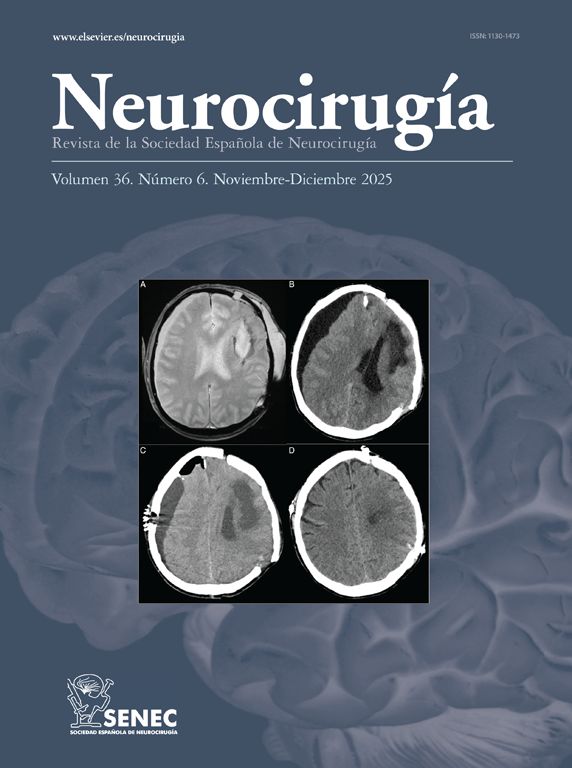O-74 - DOES ABSOLUTE SIZE REALLY MATTER IN DECOMPRESSIVE CRANIECTOMIES?
Hospital Clínico San Carlos, Madrid, Spain.
Introduction: Decompressive craniectomy (DC) is the treatment of choice for refractory intracranial pressure (ICP). Although the Brain Trauma Foundation guidelines recommend a large DC (#1 15 cm in diameter), no consensus exists regarding its proportionality to the patients cranial size.
Objectives: To determine whether absolute craniectomy size is the most relevant factor influencing mortality or if its impact is rather related to its proportion to the patient’s cranial volume.
Methods: A retrospective descriptive study was conducted over the past 10 years in patients undergoing DC due to traumatic brain injury. A total of 46 patients who underwent fronto-temporo-parietal DC were included in the analysis. Cranial and craniectomy volumes were calculated using the ellipsoid formula to determine their volumetric ratio.
Results: The study included 36 men and 10 women (mean age: 52.87 years). Hospital mortality was 34.8% (16 patients). The mean cranial volume was 1,173.53 cm3 (range: 815.78-1,559.34), while the mean craniectomy volume was 114.51 cm3 (range: 67.01-190). The mean volumetric ratio was 10.59 (range: 7.36-14.82). Univariate analysis (Mann-Whitney U test) showed no statistically significant association between volumetric ratio and mortality (p = 0.42).
Conclusions: Our findings suggest that the proportion between craniectomy volume and cranial volume may be a more relevant parameter in patient outcomes than absolute size alone, with potential implications for reducing mortality.






